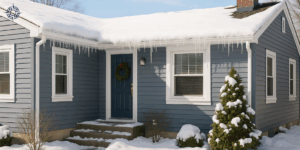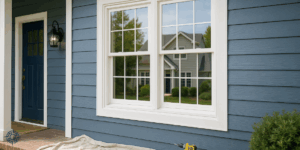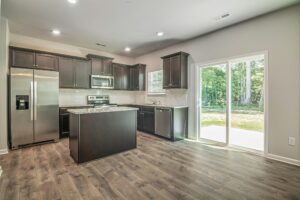Introduction: What Makes Metal Roofing Unique?
Metal roofing is often seen as a premium upgrade—and for good reason. It offers superior durability, low maintenance, and excellent energy efficiency compared to traditional asphalt shingles. But for homeowners evaluating roofing options, the key question remains: Is it worth the investment?
The answer depends on several factors: your climate, your long-term homeownership goals, insurance implications, and what you value in terms of design and performance. This article provides a comprehensive breakdown of metal roofing—covering everything from maintenance and return on investment to how it performs in extreme weather—so you can make a confident, informed decision.
Metal vs. Shingle: Key Differences in Roofing Materials
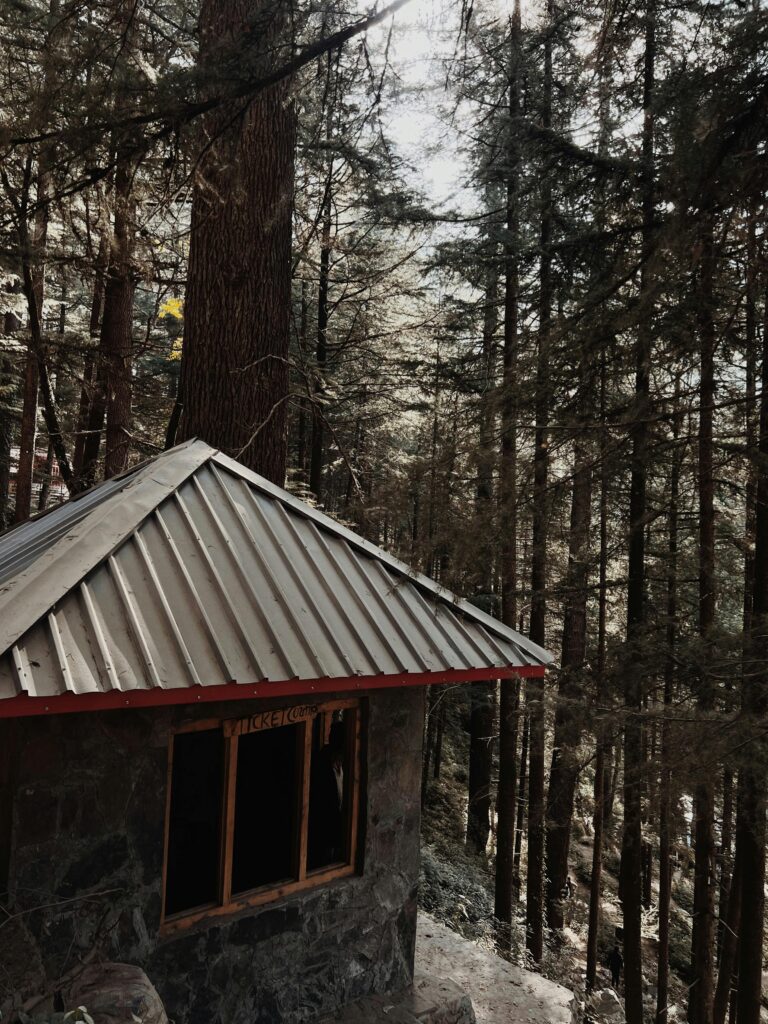
Before diving into performance metrics, it’s important to understand what separates metal roofing from more traditional options.
Asphalt Shingles remain the most common roofing material in the U.S. They’re relatively inexpensive to install and come in a wide variety of colors and styles. However, they typically last 15–25 years and require more ongoing maintenance over time.
Metal Roofing, by contrast, is available in several materials including steel, aluminum, copper, and zinc. Styles range from standing seam panels to metal shingles that mimic traditional roofing looks. The typical lifespan of a metal roof is 40–70 years, and some premium materials like copper can last over 100 years.
Here’s a quick comparison:
| Feature | Asphalt Shingles | Metal Roofing |
| Lifespan | 15–25 years | 40–70+ years |
| Cost (installed) | $4–$7 per sq. ft. | $8–$14 per sq. ft. |
| Maintenance | Moderate | Low |
| Fire Resistance | Good (with fiberglass) | Excellent |
| Recyclability | Low | High |
| Energy Efficiency | Moderate | High (reflective) |
While the upfront cost of metal roofing is higher, the benefits compound over time—especially when it comes to reduced repairs and energy bills.
Maintenance & Longevity: The Durability Advantage
One of the most compelling reasons homeowners consider metal roofing is its long-term performance. Metal roofs are highly resistant to:
- Moss and mold growth (common in damp climates)
- Fire, hail, and wind damage
- UV degradation that shortens the life of asphalt shingles
Because metal doesn’t degrade in the same way as shingles, there’s far less routine maintenance. Most metal roofs only require annual inspections and debris removal, whereas shingle roofs may need frequent shingle replacement, flashing resealing, and patching.
This reduced maintenance translates to fewer surprise costs over the years—something many homeowners underestimate when budgeting for a new roof.
Energy Efficiency & Environmental Impact
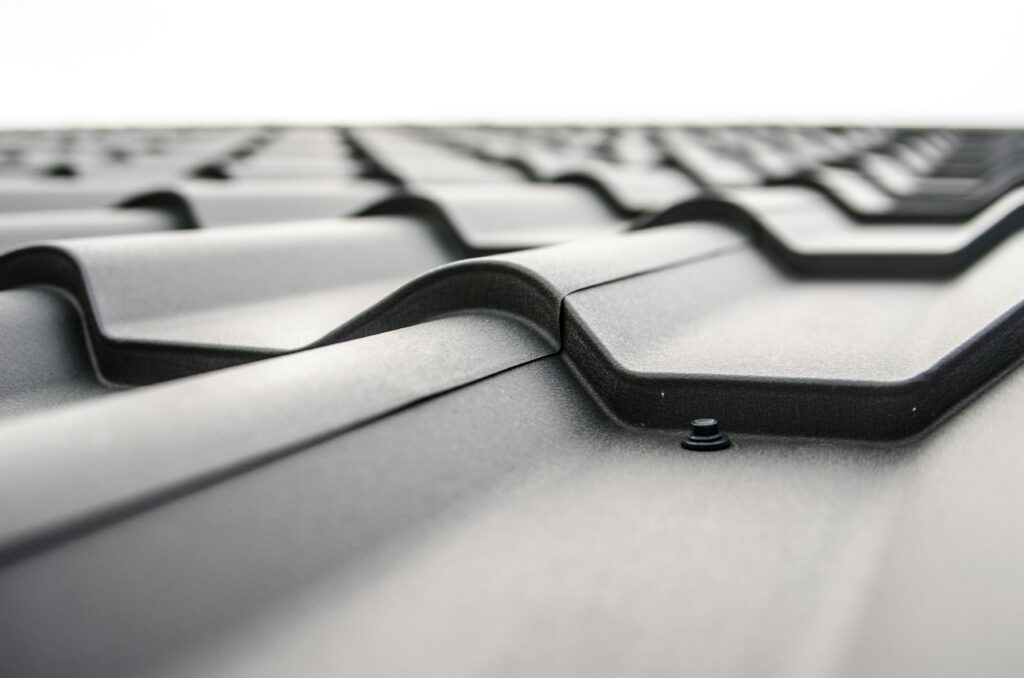
If you’re concerned about monthly energy bills or your carbon footprint, metal roofs can play a major role in creating a more efficient and sustainable home.
Reflective Properties
Metal roofs reflect solar radiant heat, which can reduce cooling costs by 10–25% in warmer climates. Some products also come with cool roof coatings designed to enhance energy performance even further.
Recyclability
Unlike asphalt shingles, which often end up in landfills, metal roofs are 100% recyclable. Many systems are made from recycled materials to begin with.
Solar Compatibility
If you’re considering solar panels, metal is one of the best surfaces for mounting. Standing seam metal roofs, in particular, allow for easy panel attachment with minimal roof penetration, preserving waterproofing and extending lifespan.
For eco-conscious homeowners, these features make metal roofs a high-performing choice that aligns with long-term sustainability goals.
Cost, ROI, and Home Value Considerations
The metal roof return on investment can be significant—but it requires a long-term view.
Upfront Cost vs. Lifecycle Value
While a new metal roof may cost $15,000–$30,000 depending on size and material, it’s likely the last roof you’ll ever need. Compare that to replacing an asphalt roof every 15–20 years, and the long-term savings become clear.
Energy and Insurance Savings
- Energy Efficiency: Over 20–30 years, reflective metal roofs can save homeowners thousands in cooling costs.
- Insurance Discounts: In some regions, insurance companies offer lower premiums for metal roofs due to their superior fire, hail, and wind resistance. (Be sure to ask your provider—will a metal roof raise my insurance? is a valid question, but often the answer is no or even the opposite.)
Does a Metal Roof Increase Home Value?
According to industry sources, a quality metal roof can increase home resale value by 1% to 6%. Combined with strong curb appeal and long-term buyer peace of mind, many real estate agents view metal roofs as a marketable upgrade—especially in regions prone to storms or wildfire.
Metal Roof vs Shingles Resale Value
Homes with a metal roof often stand out in competitive housing markets. While shingles still dominate in volume, savvy buyers recognize the value of a roof that won’t need replacement for decades.
Climate-Specific Performance: Snow, Storms, and Heat
Metal roofing is particularly well-suited for extreme climates:
Snow and Ice
- Metal naturally sheds snow and ice more effectively than shingles, reducing the risk of ice dams and water damage.
- When paired with proper underlayment and insulation, it can help stabilize indoor temperatures during harsh winters.
Heavy Rain
- The smooth surface of metal roofing channels rain away efficiently.
- Unlike asphalt shingles, which can absorb water and become heavy, metal roofs resist water saturation and rot.
Heat and Sun
- In hot regions, the reflective surface helps deflect solar radiation and reduce cooling demand.
- Unlike shingles, which can crack or curl from intense sun exposure, metal retains its structural integrity.
Wind and Storm Resistance
- Properly installed metal roofing can withstand wind speeds of 120–140 mph, depending on material and fastening system.
- It’s a strong choice in tornado- or hurricane-prone areas.
If you’re replacing a storm-damaged roof, this performance edge is especially relevant—metal roofing may prevent you from needing a repeat replacement after the next big event.
Is a Metal Roof Right for Your Situation?
Your individual circumstances will ultimately determine whether a metal roof is the right fit. Consider it if:
- You plan to stay in your home long-term
- You want a lower-maintenance roof with fewer repair needs
- You live in an area with harsh weather
- You’re replacing a storm-damaged roof and want better protection
- You value sustainability and energy savings
- You’re evaluating a home with a metal roof and want to understand its long-term value
If you’re flipping a house in the short-term, shingles may still offer a better return based on initial cost. But if you’re investing in a durable, efficient home for the long haul, metal roofing is a smart move.
Compass Exteriors: Helping You Decide What’s Best
Still wondering if a metal roof is worth the investment in your case? You don’t have to figure it out alone. Compass Exteriors is a trusted Minneapolis roofing contractor with years of experience guiding homeowners through every option—metal, shingle, and beyond.
We evaluate your budget, climate, goals, and home value to help you make a confident decision. Whether you’re starting from scratch or replacing a damaged roof, our team can design and install a roofing solution that protects your home and maximizes its value.
Contact us today to schedule a consultation—and discover if a metal roof is the next smart investment for your home.




